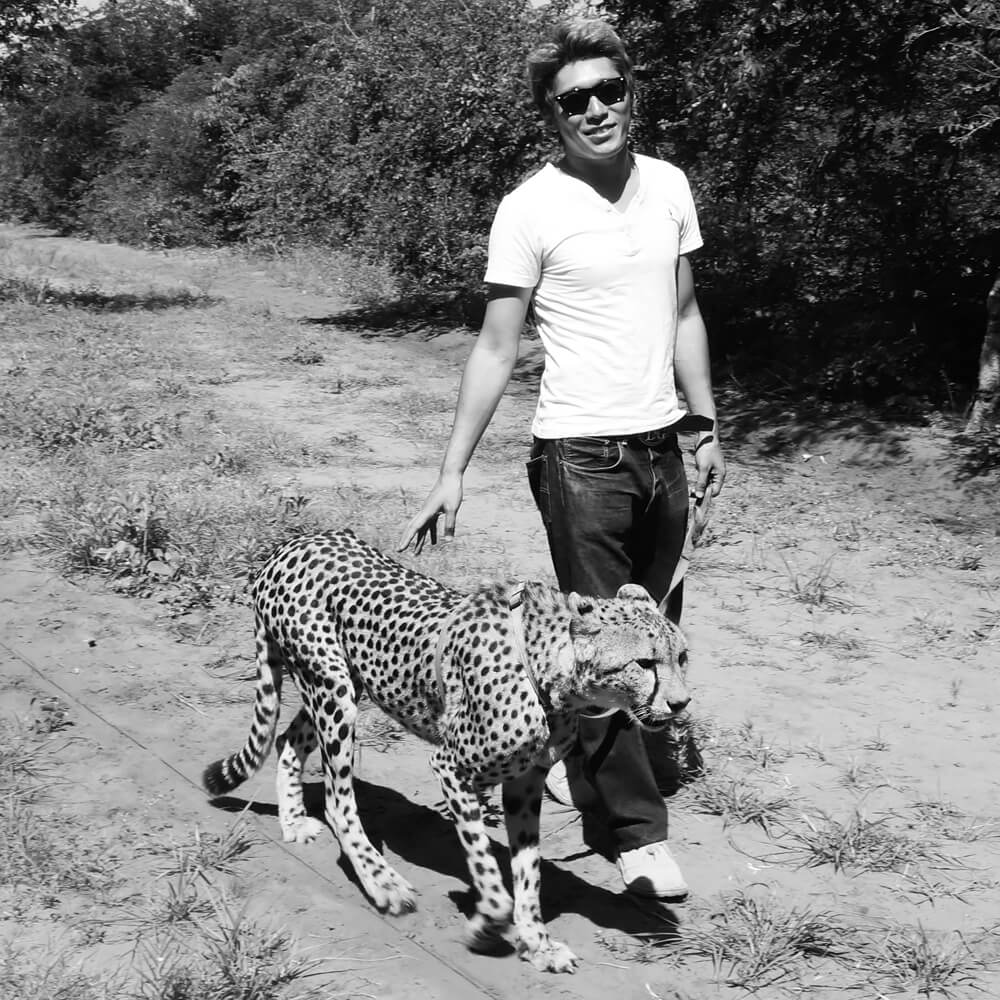ATOM is a Japanese photographer, born in 1980, based in Tokyo.
ATOM spent years travelling around the world to take pictures; he visited 64 countries in total and encountered many cultures and many people. The experience gained from the trip raised many questions for himself.
What does it mean to life, coexistence with nature, happiness and purpose of living for? And the fundamental question is, "Why am I born in Japan in this age?"
By leaving Japan, he reconsidered his homeland and pondered about living as a Japanese and a modern people. Conscious of his identity as a Japanese, he uses the motifs of symbols that symbolize Japan, takes a photo of the present age, and prints it on the most precious handmade Japanese paper in Japan.
Using these media, ATOM decided to deliver the message to the world.
In today's diverse world, ATOM hope that you will face yourself and think about the future through the work of ATOM.
ATOM has been active as a photographer in the world. His works have been published internationally in publication such as Washington Post(USA), My Modern Met(USA), Weather Channel(USA), 20minutos(Spain), incredibilia(Italy), Hong Kong and others. He also won many international awards.
ATOM will continue to experience many things, and explore and express the meaning of living in the present age as a Japanese.
HINOMARU, KIMONO and TORII
HINOMARU is an alias name of the Japanese flag.
KIMONO is a Japanese traditional costume.
TORII is a gate commonly found at the shrine.
In the photos, ATOM use the Japanese flag, traditional costume and shrine to symbolize money (economic power), declining birthrate and dilution of community. For some, they may seem to represent Japanese religion (Buddhism, Christianity, and Shinto). For others, they may associate the "red circle" with harmony, coins (money), countries or peace; the "red kimono" with their lover, health or cross (religion); the "red torii" with home or relationship with their family.
This minimalistic photo is two colors red and white. The colors of red and white represent Japan's national color. And in this photo, he shoot it so that it looks like a Japanese painting without a shadow.
This minimalistic photography series raises questions to the modern society, makes the viewer face and think about the present age as well as imagine the future. Today, we live in a rational, material world; we have too much information, and too much stuff. We can get almost anything with a single click. In exchange, however, there are things we have lost: health, appreciation for things we are given, time to spend with our families, time to think and question ourselves, the definition of happiness...
Get promoted. Be rich. Become famous. Are you not bound by these stereotypes?
How long will you keep pretending to be something you are not, just to gratify your vanity?
What is happiness to you? What does abundance mean to you? What is it that you really need?
From the age of materialism to the age of mind.
Look at these minimal photos.
How do they look to you?
